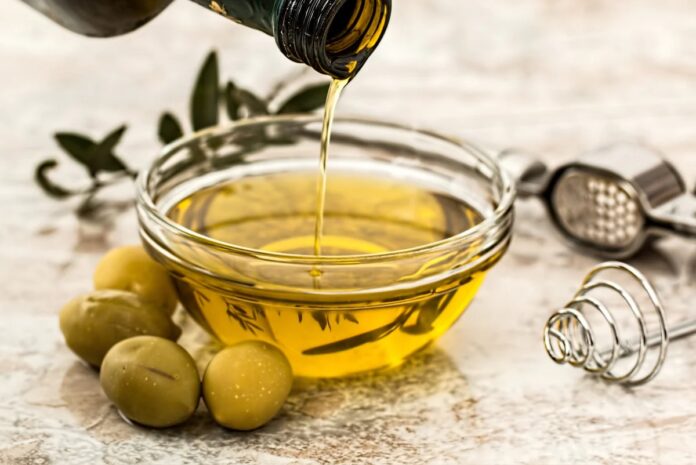
Extreme heat, wildfires and drought have decimated much of the world’s olive oil harvest yet again, driving prices to a record high of $9,000 per metric ton.
Most home cooks aren’t buying olive oil by the ton. But retail olive oil prices in the United States have risen in recent years because of extreme weather in olive-oil-producing countries, growing 12.5 percent this year atop an 8.8 percent increase in 2022, according to Circana, a Chicago-based market research firm.
Spain, the source of half the world’s olive oil supply and the global price setter, in May reported a drop in production of 48 percent compared to last year. Concerns intensified following the release of the most recent olive oil report from the Spanish government, which showed dwindling supplies in August.
Last month, the U.S. Department of Agriculture revised its global olive oil production estimate down to 2.5 million tons, a quarter lower than both the previous year and the five-year average.
The agency said in August prices were 130 percent higher than a year ago, and climate-change-related extreme weather is making the future appear equally grim.
“Should this pace of depletion persist, market insiders warn that olive oil supplies could be exhausted before the arrival of fresh harvests, which traditionally commence in Spain around October,” Mintec analyst Kyle Holland wrote in an email.
And that’s not looking great, either.
The drought and lack of water over the past months in Spain is creating concerns about the new season, according to a recent Rabobank agriculture report. And in recent weeks, storms have affected Apulia, the most important olive oil production region in Italy, damaging the upcoming harvest. Italy is the world’s No. 2 olive oil producer.
The news is similar among other major producers in the Mediterranean, with drought having affected crops from Portugal, Tunisia, Morocco and Greece. Turkey, which had a good harvest, is compounding the worldwide shortage by banning bulk olive oil exports to ensure adequate domestic supplies.
Historically, olive oil has been a niche vegetable oil. But with the rise in its perceived health benefits and sustainability advantages (olive trees, which can live for hundreds of years, are especially good at fixing atmospheric carbon in the soil), consumers in many developed countries now don’t just “trade down” to other, cheaper vegetable oils. A bottle of olive oil in U.S. grocery stores now costs an average of $9.92, according to Nielsen data, whereas a comparable cooking oil is $7.88.
“The U.S. is a steady net importer of olive oil – its domestic olive oil production, which comes in at around 16,000 tons a year on average, is not enough to fulfill consumption, which runs at some 390,000 tons,” said Vito Martielli, a senior grains and oilseeds analyst at Rabobank. The United States imports about 30 percent of the global olive trade, according to USDA data, but this year that number is expected to be 35 percent, and even higher next year.
Olive oil is currently more valuable than crude oil (crude oil right now is less than a tenth of the price of olive oil, sitting at about $670 per metric ton).
Spikes in prices lead to related crime, both theft and counterfeiting. At the end of August, a half-million dollars’ worth of olive oil was stolen from a mill in Córdoba, one of the largest olive-oil-producing provinces of Andalusia in Spain, and according to authorities, it is common to have olives stolen right off the trees.
“With Europe’s shortage, the risk level of buying blended and counterfeited extra-virgin olive oil will be extremely high. We always tell our customers to look for where your olive oil is coming from [and] look for the harvest date,” said Vincent Ricchiuti, founder of Enzo Olive Oil from California.
According to Joseph Profaci, executive director of the North American Olive Oil Association, olive oil fraud goes back a quarter-century when it was common for major Italian brands to label their oils “imported from Italy” when the oil might have been bottled in Italy but was sourced from other countries of origin. Class-action suits led these companies to list the countries of origin, Profaci said.
Ricchiuti said that for consumers wanting to be sure that they are buying the “real deal,” especially with the super-pricey extra-virgin oils, the California Olive Oil Council is an independent board with its own certification process and seal, requiring olive oil to meet both sensory and chemical standards to get the extra-virgin designation.
(c) 2023, The Washington Post · Laura Reiley












So now they have an additional excuse to jack up prices on hand shmura matzah this year.